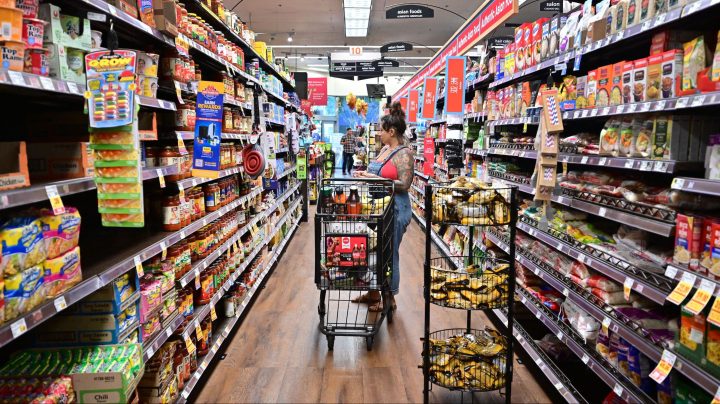
How do consumer products companies decide how much they’ll raise their prices?
How do consumer products companies decide how much they’ll raise their prices?

We’ve been getting some insight from earnings reports this week into the dilemmas that big consumer products companies face when they decide to raise their prices.
Procter & Gamble, the company behind Tide laundry detergent, Bounty paper towels, and Crest toothpaste reported that it raised prices 9% on average. Nestlé, which sells Cheerios, Hot Pockets, and those little Nespresso coffee pods, said prices were up 7.5%, on average.
But the price increases aren’t across the board.
Different products’ prices are rising at different rates, as the personal consumption expenditures price index and the consumer price index inflation numbers from the federal government regularly remind us. So companies have to make decisions about how and when to raise prices on their products.
Part of a company’s decision to raise prices comes down to what it’s paying for raw materials.
Linda Montag at Moody’s said some raw materials have become more expensive than others.
“Some of the cooking oils that are used in the food industry and also in the cosmetic industry, some of those are up 200, 300, 400%,” she said. “While other things are up, you know, in the mid-teens, as a percent.”
It also depends on how many raw inputs it takes to make a product. Montag said a bag of coffee, for example, has fewer than a frozen meal.
“In that frozen meal, you may have potatoes, you may have corn, you may have a protein, you’ve got a tray, that might be resin, or it might be fiberboard, you’ve got an outside package,” she said.
And the prices of all those things have been changing at different rates.
Then, there’s the matter of competition.
When a product’s up against private-label brands, its manufacturer has an incentive to keep prices lower, or make its product better to justify higher prices, said Brittany Quatrochi, consumer staples analyst at Edward Jones.
“If that branded product has some sort of performance element or taste element to it that is superior, you’re more apt to be willing to pay that higher amount,” she said.
Companies can also decide not to change their prices but instead make their packages smaller.
“You tend to just look at the face value of the good, without doing the calculations, so saying ‘OK, am I paying $5 per ounce? Or $6 per ounce?'” said Nicole DeHoratius, a professor at the University of Chicago.
That’s called shrinkflation. DeHoratius said it’s a hidden way to change prices without causing as much sticker shock.
There’s a lot happening in the world. Through it all, Marketplace is here for you.
You rely on Marketplace to break down the world’s events and tell you how it affects you in a fact-based, approachable way. We rely on your financial support to keep making that possible.
Your donation today powers the independent journalism that you rely on. For just $5/month, you can help sustain Marketplace so we can keep reporting on the things that matter to you.

















